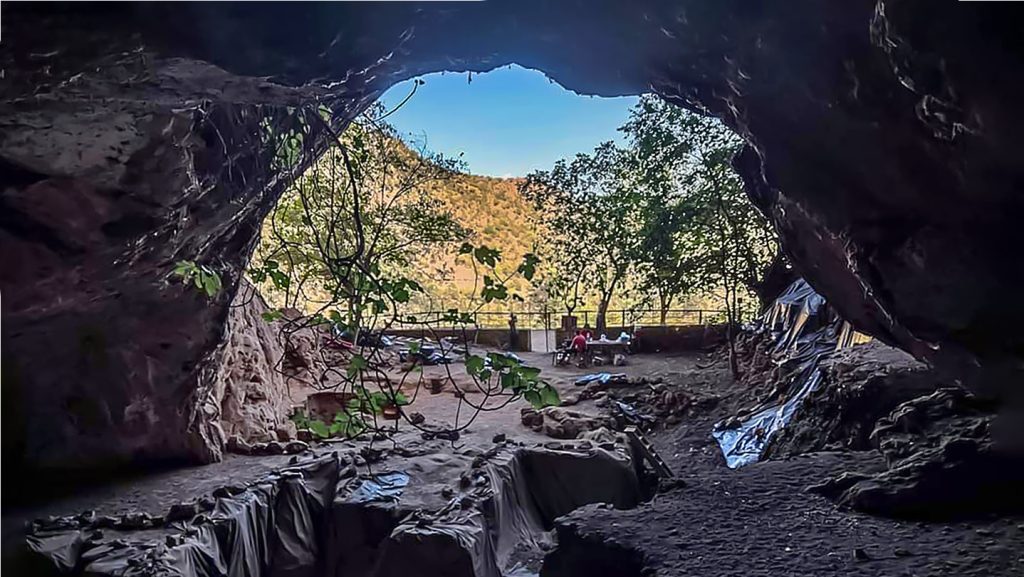A group of late Stone Age hunter-gatherers in northeastern Morocco mainly ate plants like acorns, pistachios, and wild oats, but they never started cultivating these plants, despite relying on them for a long time. This challenges the theory that heavy reliance on plants leads to their domestication. agrees with recent doubts about scientists’ theory that heavy dependence on plants ultimately results in their domestication (SN: 11/9/21).
Before humans discovered farming, they depended on hunting and gathering for food, getting most of their protein from animals. Over time, they transitioned from foraging to growing certain plants, eventually domesticating them. Archaeologists formerly thought the Iberomaurusians also relied mainly on animals, but data from human remains in Morocco indicate a predominantly plant-based diet, according to researchers in the April 29 issue of Nature Ecology & Evolution.
The site, called Taforalt and located in a cave, is crucial for studying human evolution and behavior during this period. The Iberomaurusians lived in this area for a long time, starting around 23,000 years ago, and used part of the cave as a burial site.
To understand the Iberomaurusians’ diets, Moubtahij and her colleagues examined teeth and bones from remains dating back to 15,077–13,892 years ago. They analyzed levels of certain forms, or isotopes, of elements such as zinc, carbon, and nitrogen, deposited from food into tissues and bones. The team also studied isotopes in the remains of herbivores and carnivores from the site, like sheep and foxes, and compared those to the human isotope levels.
The analysis revealed that the Iberomaurusians’ diets were similar to those of herbivores, indicating a heavy reliance on plants rather than animals. The group still consumed meat, but their diet leaned more towards gathering and less towards hunting compared to other hunter-gatherers at that time, Moubtahij says.
Earlier research suggested that the Iberomaurusians had a preference for plant foods. In 2014, researchers studied the decayed teeth of some Iberomaurusians and found that their frequent cavities indicated a diet rich in starchy, fermentable foods. However, Teresa Steele, a paleoanthropologist at the University of California, Davis, not involved in this study, mentioned that previous work had already suggested the Iberomaurusians' love for plant foods. She also mentioned that it's always good to have additional evidence for things without direct proof.
Interestingly, the group relied on wild plants for many years without domesticating them. The archaeological record shows that the plants’ characteristics remained unchanged over time.
This is different from the early farmers in southwestern Asia around 12,000 to 11,000 years ago (SN: 7/4/13). Agriculture didn't arrive in what is now Morocco until approximately 7,600 years ago, and the cultivated plants were brought from elsewhere. Moubtahij expressed her puzzlement at why the Iberomaurusians’ reliance on plants didn’t result in their domestication.
Because there are few well-preserved human remains from the late Pleistocene era, scientists have limited evidence to understand how agriculture started in different places. Michael Westaway, an archaeologist at the University of Queensland in Australia, who was not part of the study, emphasized the importance of such studies showing alternative pathways and food production systems. It's clear that agriculture did not develop in the same way everywhere.



